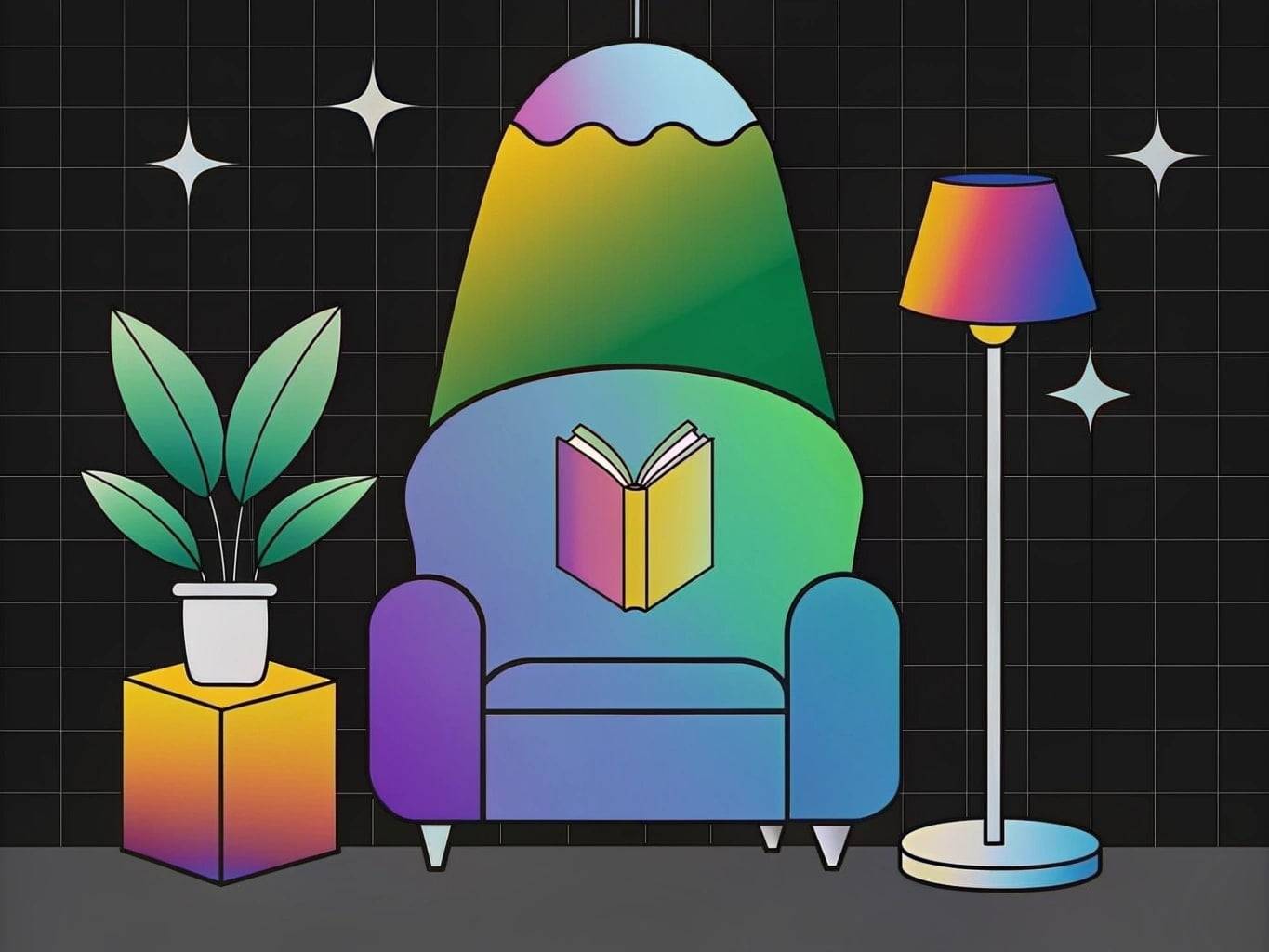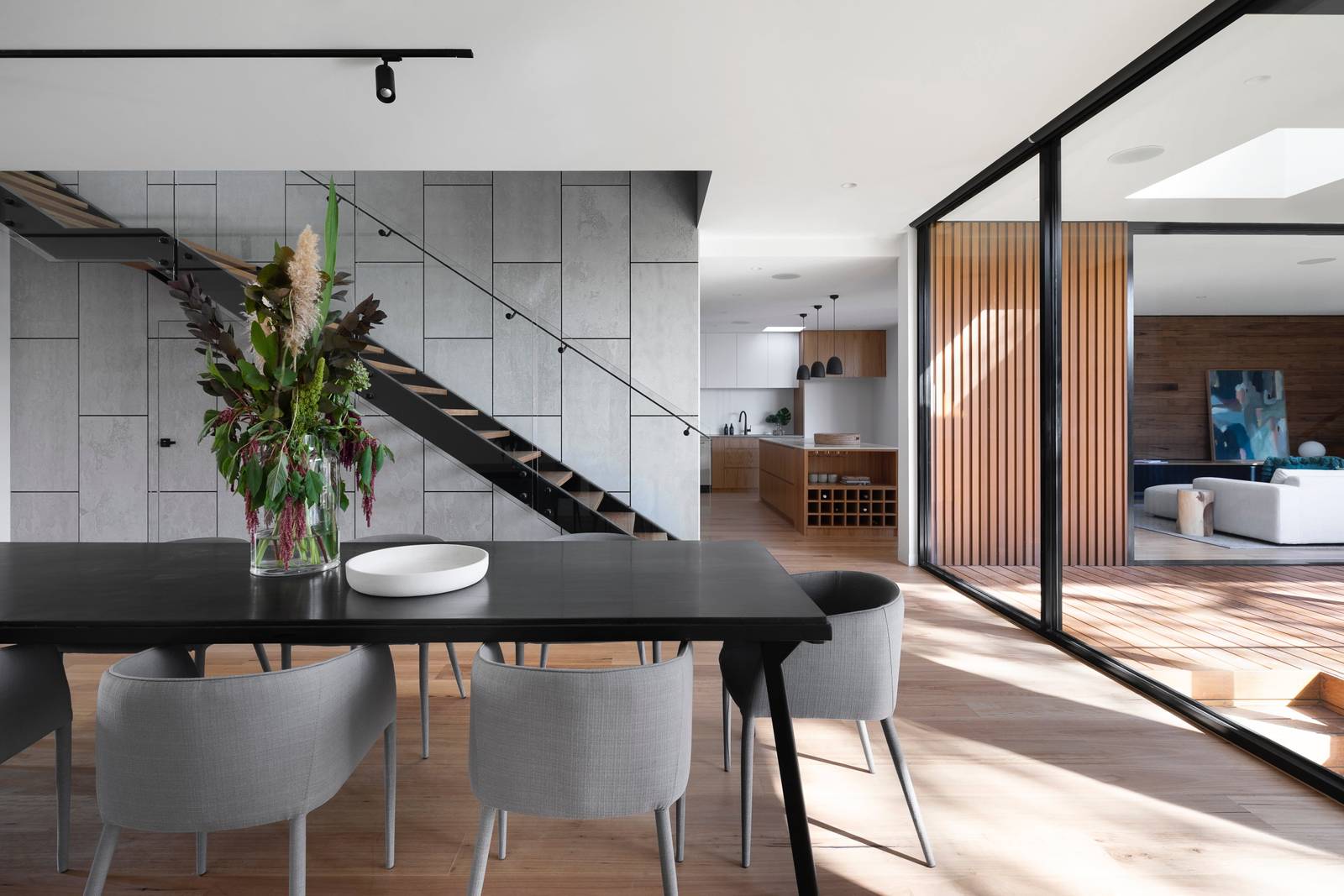

Modern Interior Design: The best guide
Table of Contents
Definition: Modern Interior Design.
Modern interior design is a style that emerged in the early 20th century and is characterized by clean lines, minimalism, and a focus on function over form. It emphasizes simplicity, functionality, and the use of modern materials and technology.
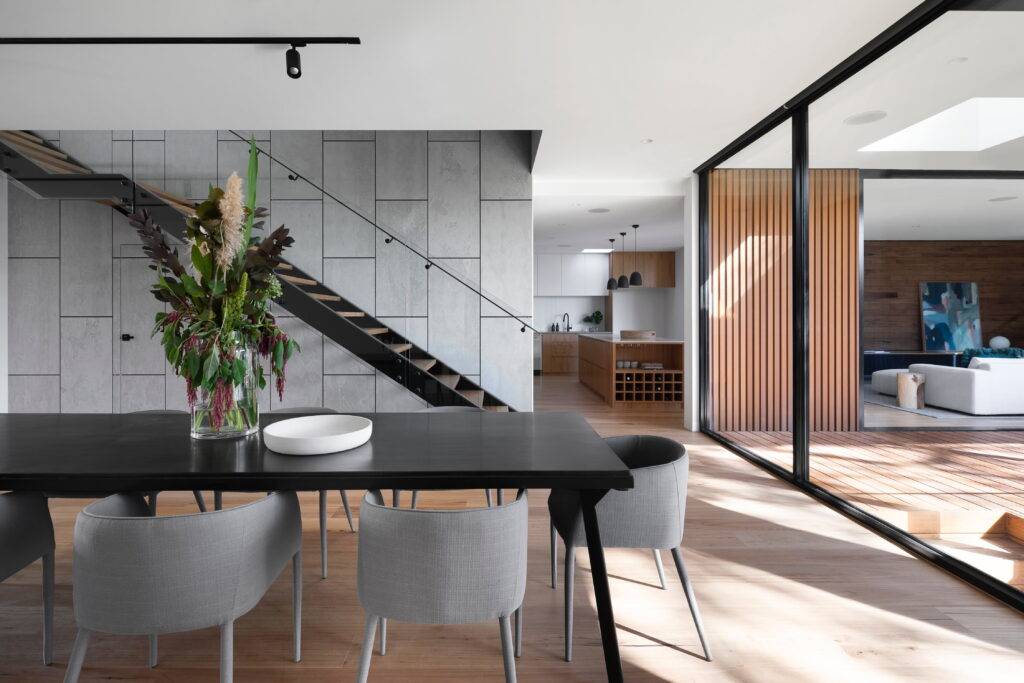

Modern interior design emerged in the early 20th century as a response to the ornate and decorative styles of the Victorian and Art Nouveau eras. It was influenced by the modernist movement in art and architecture, which emphasized simplicity, functionality, and the use of new materials and technology. The Bauhaus school in Germany was a major influence on modern interior design, as it emphasized the integration of art, craft, and technology. The style became popular in the mid-20th century and continues to be a popular design style today.
Principals and Elements.
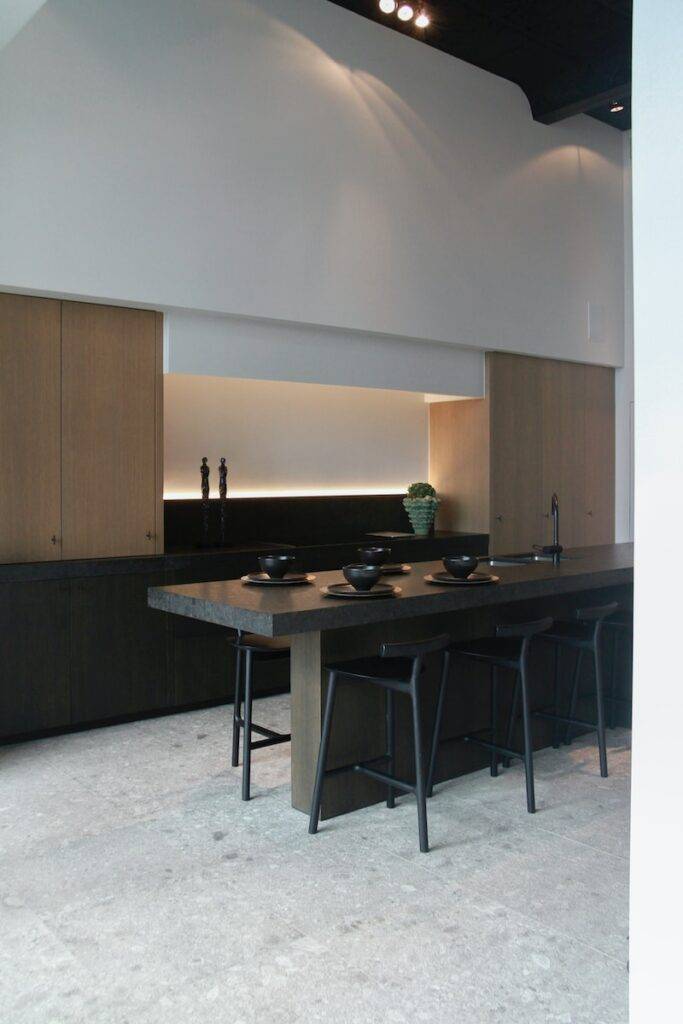

Principals of Modern Interior Design:
1. Functionality: The design should be practical and functional, meeting the needs of the occupants.
2. Simplicity: The design should be simple and uncluttered, with a focus on clean lines and minimalism.
3. Harmony: The design should create a sense of harmony and balance, with all elements working together to create a cohesive look.
4. Contrast: The use of contrasting elements, such as light and dark colours or rough and smooth textures, can add interest and depth to the design.
5. Proportion: The size and scale of the design elements should be balanced and in proportion to each other.
6. Colour: The use of colour can create mood and atmosphere, and should be carefully chosen to complement the other design elements.
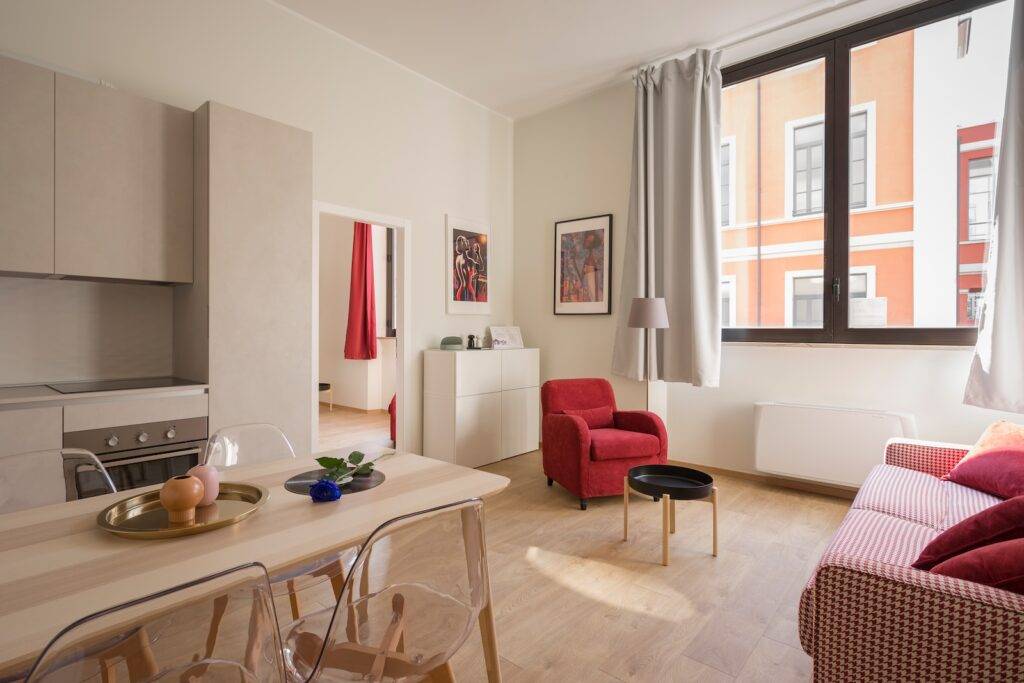

Elements of Modern Interior Design:
1. Space: The use of space is a key element of modern interior design, with a focus on open, airy spaces that allow for easy movement and flow.
2. Light: The use of natural light is important in modern interior design, with large windows and skylights used to bring in as much light as possible.
3. Materials: Modern interior design often incorporates a mix of materials, such as wood, metal, and glass, to create a dynamic and interesting look.
4. Texture: The use of texture can add depth and interest to a design, with rough and smooth surfaces used to create contrast.
5. Furniture: Modern interior design often features sleek, minimalist furniture with clean lines and simple shapes.
6. Accessories: The use of accessories, such as artwork, rugs, and lighting, can add personality and style to a modern interior design.
Colours.


1. Neutral colours: Modern interior design often uses neutral colours such as white, beige, gray, and black as a base colour for walls, floors, and furniture.
2. Bold colours: Bold colours such as red, blue, green, and yellow are used as accent colours in modern interior design. These colours are used sparingly to create a focal point in a room.
3. Metallic colours: Metallic colours such as gold, silver, and bronze are used in modern interior design to add a touch of glamour and sophistication to a room.
4. Pastel colours: Pastel colours such as pink, lavender, and mint green are used in modern interior design to create a soft and calming atmosphere.
5. Monochromatic colour schemes: Modern interior design often uses monochromatic colour schemes, which involve using different shades of the same colour to create a cohesive and harmonious look.
6. Contrasting colour schemes: Contrasting colour schemes involve using colours that are opposite each other on the colour wheel, such as blue and orange or red and green, to create a bold and dramatic look.
7. Natural colours: Modern interior design often incorporates natural colours such as brown, beige, and green to create a sense of warmth and comfort in a room.
8. Bright colours: Bright colours such as neon pink, lime green, and electric blue are used in modern interior design to create a fun and playful atmosphere.
Furnitures & Decors.
Furniture and decor play a crucial role in modern interior design. They are the elements that bring life and personality to a space. Here is a guide to help you choose the right furniture and decor for your modern interior design:
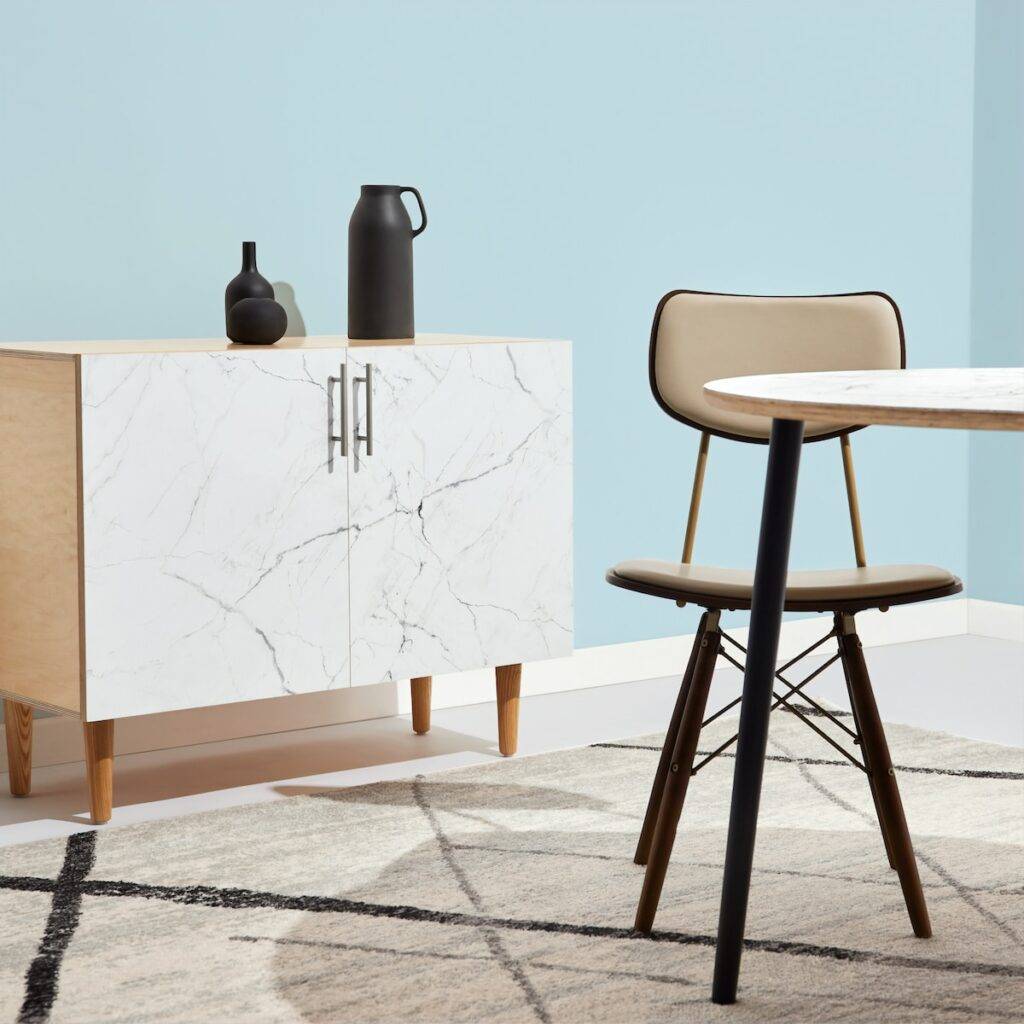

1. Choose furniture with clean lines: Modern interior design is all about simplicity and minimalism. Furniture with clean lines and simple shapes will help achieve this look. Avoid furniture with ornate details or intricate patterns.
2. Use neutral colours: Neutral colours such as white, black, gray, and beige are commonly used in modern interior design. These colours create a calm and serene atmosphere. You can add pops of colour with accessories such as pillows, rugs, and artwork.
3. Incorporate natural materials: Natural materials such as wood, stone, and metal are commonly used in modern interior design. These materials add warmth and texture to a space. You can use them in furniture, flooring, and decor.
4. Choose functional furniture: Modern interior design is all about functionality. Choose furniture that serves a purpose and is practical. For example, a sofa with a built-in storage compartment or a coffee table with a lift-top for extra storage.
5. Use lighting to create ambiance: Lighting is an important element in modern interior design. Use a combination of ambient, task, and accent lighting to create a warm and inviting atmosphere. You can use pendant lights, floor lamps, and table lamps to achieve this.
6. Add artwork and accessories: Artwork and accessories add personality and character to a space. Select pieces that complement the overall design and colour scheme. You can use abstract art, sculptures, and decorative objects to add interest to a room.
In conclusion, modern interior design is all about simplicity, functionality, and minimalism. Choose furniture and decor that reflect these principles and create a warm and inviting atmosphere. Use natural materials, neutral colours, and lighting to achieve the desired look. Finally, add artwork and accessories to add personality and character to a space.
Materials & Finishes.
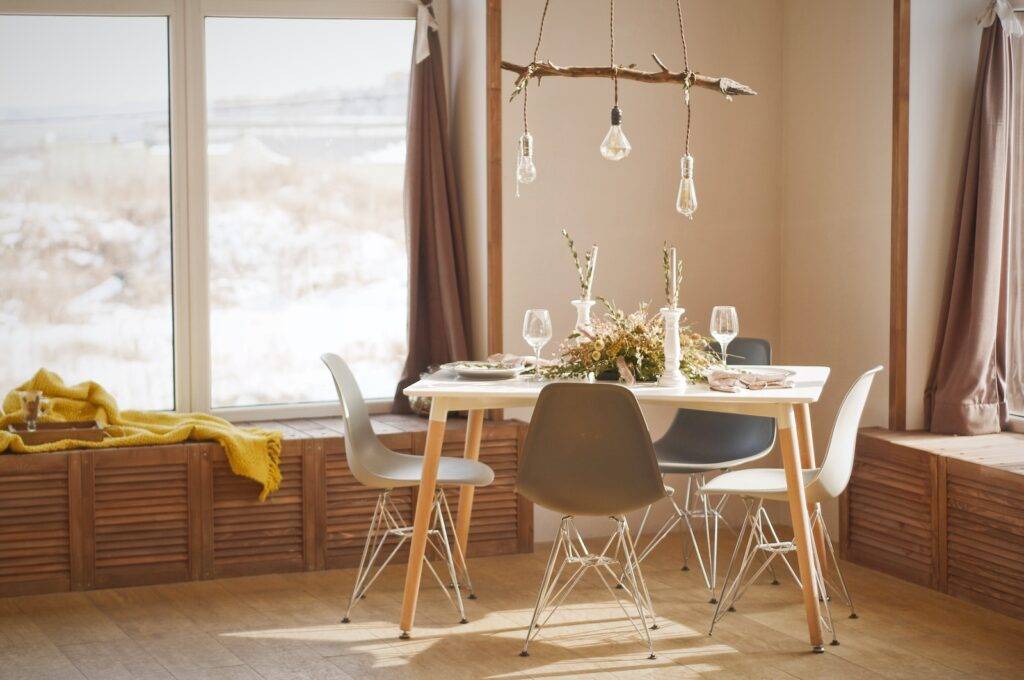

1. Metals: Modern interior design often incorporates metals such as stainless steel, chrome, and brass. These materials are used for furniture, lighting fixtures, and decorative accents.
2. Glass: Glass is a popular material in modern interior design. It is used for windows, doors, and decorative accents. It can also be used for furniture such as coffee tables and shelves.
3. Wood: Wood is a classic material that is often used in modern interior design. It is used for flooring, furniture, and decorative accents. Light coloured woods such as maple and birch are popular in modern design.
4. Stone: Stone is a durable and natural material that is often used in modern interior design. It is used for flooring, walls, and decorative accents. Popular types of stone include marble, granite, and slate.
5. Concrete: Concrete is a versatile material that is often used in modern interior design. It is used for flooring, walls, and decorative accents. It can also be used for furniture such as tables and benches.
6. Leather: Leather is a luxurious material that is often used in modern interior design. It is used for furniture such as sofas and chairs, as well as decorative accents such as pillows and throws.
7. Textiles: Textiles such as wool, cotton, and linen are often used in modern interior design. They are used for upholstery, curtains, and decorative accents such as rugs and pillows.
8. Paint: Paint is a simple and affordable way to add colour and texture to a modern interior design. Bold colours such as red, blue, and yellow are popular in modern design.
9. Wallpaper: Wallpaper is another way to add colour and texture to a modern interior design. Bold patterns such as stripes and geometric shapes are popular in modern design.
10. Lighting: Lighting fixtures are an important part of modern interior design. They can be used to create a focal point or to highlight a specific area of a room. Popular types of lighting fixtures include pendant lights, track lighting, and recessed lighting.
Room-by-Room design guide.
Modern interior design is all about creating a space that is functional, comfortable, and aesthetically pleasing. To achieve this, it is important to consider the design of each room in your home. Here are some room-by-room design tips for modern interior design:
1. Living Room: The living room is often the focal point of a home, so it is important to create a space that is both comfortable and stylish. Choose furniture that is both functional and visually appealing, such as a comfortable sofa and chairs with clean lines. Add pops of colour with throw pillows and artwork, and incorporate lighting that can be adjusted to create different moods.
2. Kitchen: The kitchen is the heart of the home, so it is important to create a space that is both functional and stylish. Choose modern appliances and fixtures that are both efficient and visually appealing. Use open shelving to display your favourite dishes and cookbooks, and incorporate lighting that is both functional and stylish.
3. Dining Room: The dining room is a space for entertaining, so it is important to create a space that is both comfortable and stylish. Choose a dining table and chairs that are both functional and visually appealing, and add a statement light fixture to create a focal point. Use artwork and accessories to add pops of colour and texture.
4. Bedroom: The bedroom is a space for relaxation, so it is important to create a space that is both comfortable and calming. Choose a comfortable bed with clean lines, and add soft bedding and pillows to create a cosy atmosphere. Use lighting that can be adjusted to create different moods, and incorporate artwork and accessories that reflect your personal style.
5. Bathroom: The bathroom is a space for relaxation and self-care, so it is important to create a space that is both functional and stylish. Choose modern fixtures and finishes that are both efficient and visually appealing, and incorporate storage solutions to keep the space organized. Use lighting that is both functional and stylish, and add artwork and accessories to create a spa-like atmosphere.
In conclusion, modern interior design is all about creating a space that is both functional and aesthetically pleasing. By considering the design of each room in your home, you can create a space that is both comfortable and stylish. Use these room-by-room design tips to create a modern interior design that reflects your personal style and meets your needs.

